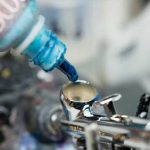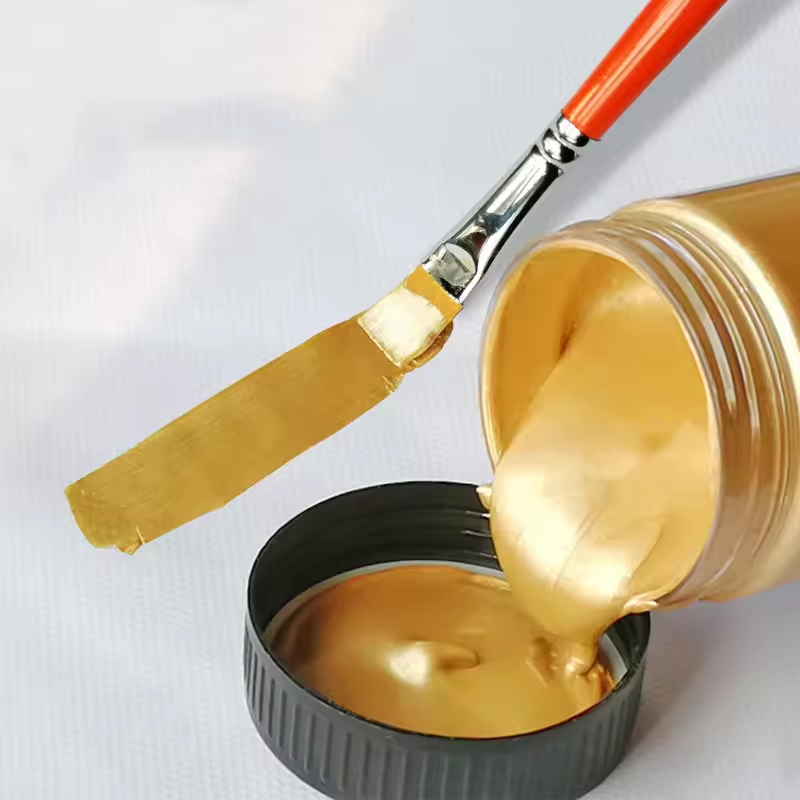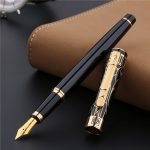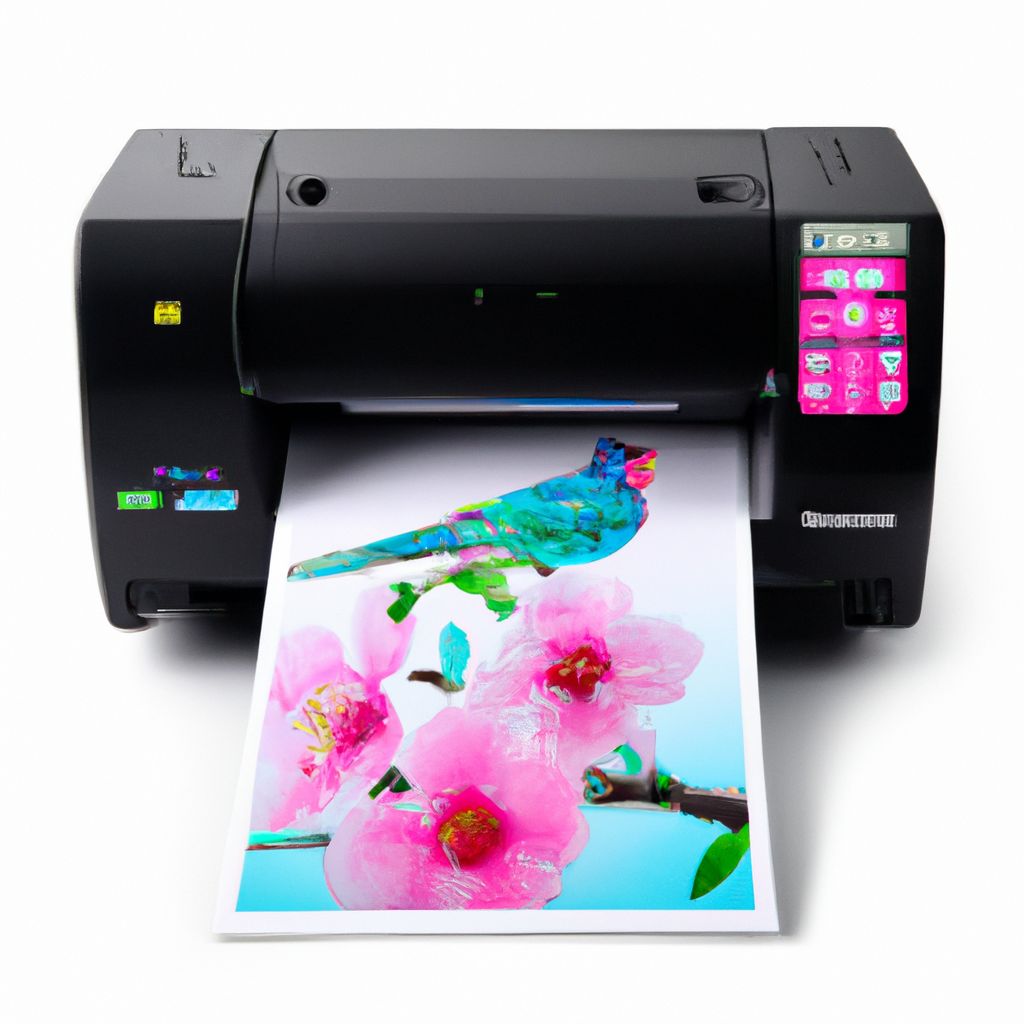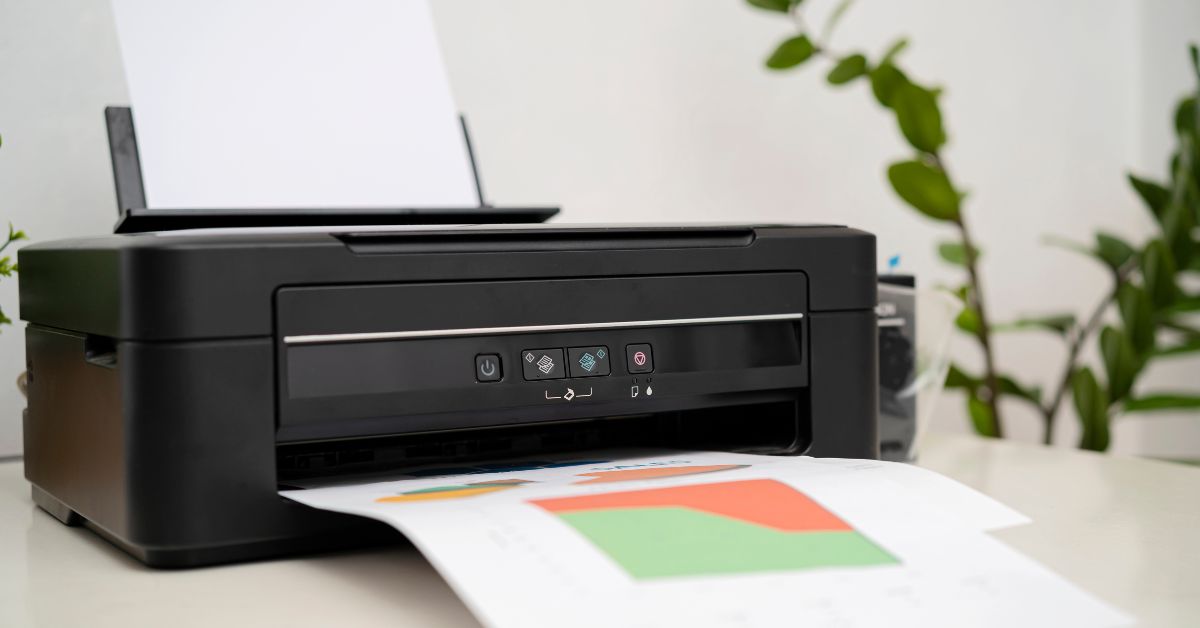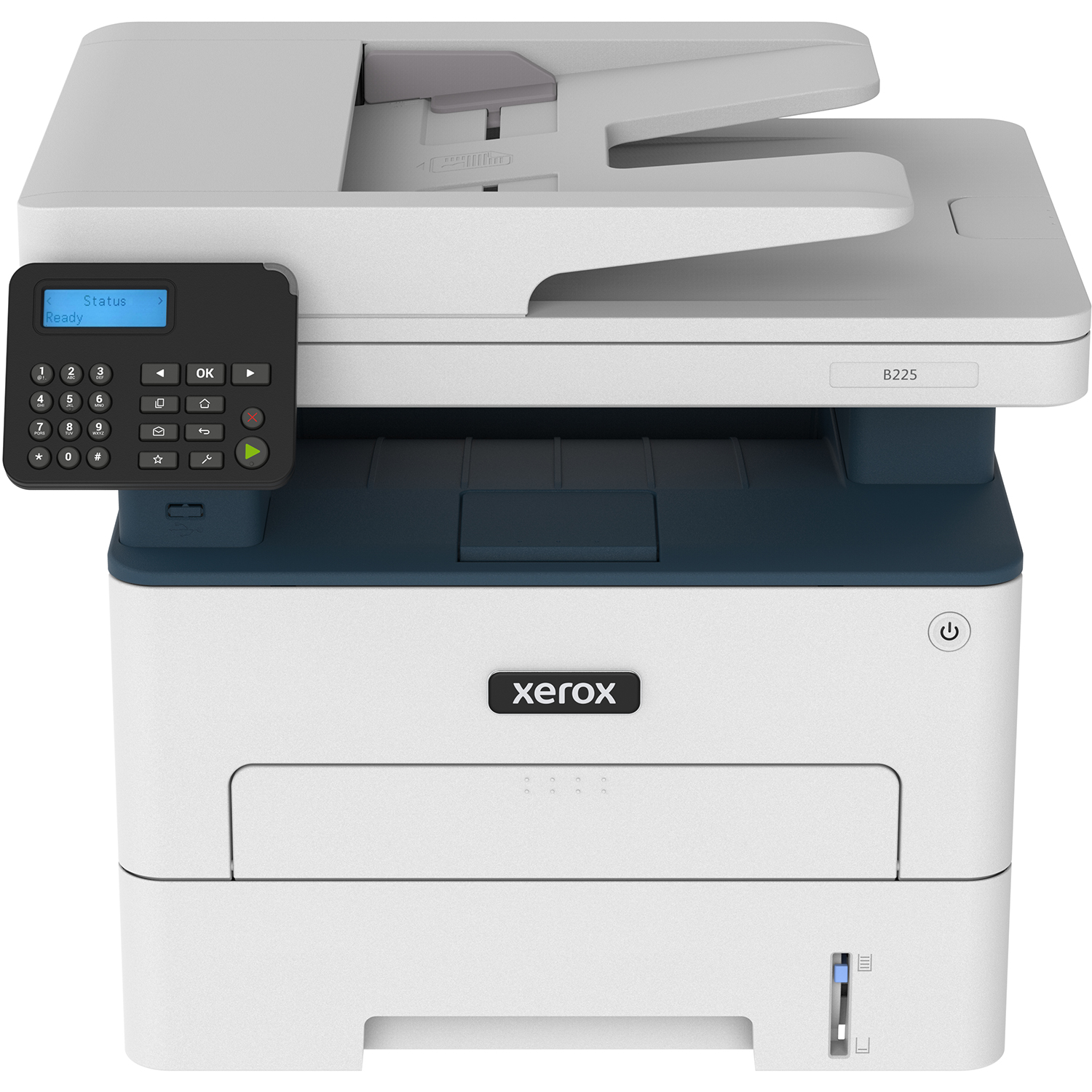Printer maintenance of your printer is essential to ensure optimal performance, minimize downtime, and extend its lifespan. Regular maintenance helps prevent common printer issues, such as paper jams, print quality problems, and mechanical failures. This guide will provide you with step-by-step instructions and tips on how to properly maintain your printer, ensuring its longevity and reliable operation.
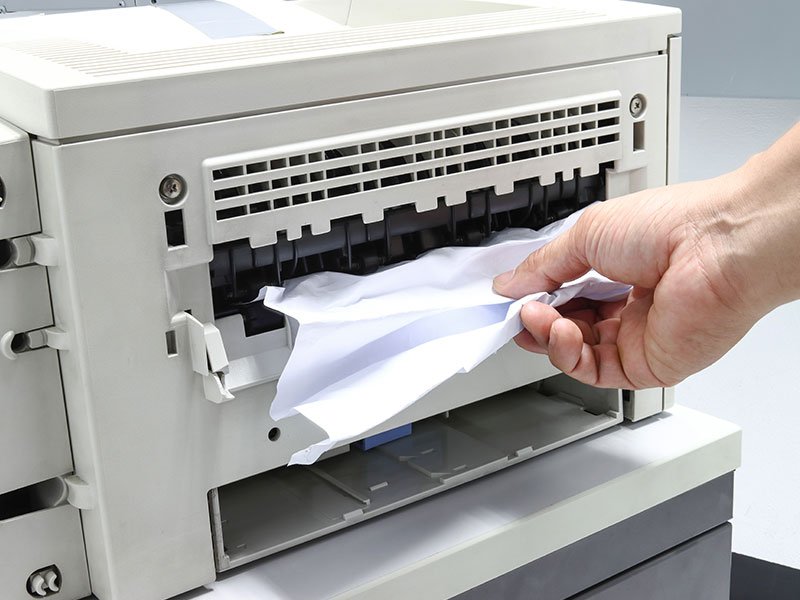
Cleaning the Exterior:
- Cleaning Supplies: Gather cleaning supplies such as a lint-free cloth, mild detergent, and water.
- Power Off: Before starting any cleaning, turn off and unplug the printer from the power source to avoid any potential electrical hazards.
- Wiping the Exterior: Use a slightly dampened lint-free cloth to gently wipe the exterior surfaces of the printer to remove fingerprints, dust, and dirt. Avoid using harsh chemicals or abrasive materials that could damage the printer’s finish.
- Cleaning Control Panel: If your printer types has a control panel, use a dry cloth to wipe the display and controls. Avoid spraying directly onto the panel, as the liquid could seep into the sensitive parts.
- Ventilation and Fan Maintenance: Check for dust accumulation in the vents or fans on the printer. Gently use a soft brush or canned air to remove any dust particles, ensuring proper ventilation to prevent overheating.
Cleaning and Aligning Print Heads:
- Printer Software: Install the latest printer software and driver updates on your computer as recommended by the printer manufacturer.
- Print Head Alignment: Follow the printer’s user manual or software instructions to align the print heads. This ensures proper ink distribution and optimal print quality.
- Print Head Cleaning: If you notice print quality issues, such as streaks or gaps, perform a print head cleaning from the printer’s software or control panel. This process helps unclog the nozzles and improves print quality.
Paper Tray Maintenance:
- Proper Paper Storage: Store printer paper in a cool, dry place away from moisture, heat, and direct sunlight.
- Paper Replacement: Regularly check the paper tray for any torn or damaged sheets that could cause paper jams. Replace the paper with fresh, properly loaded sheets to maintain smooth paper feeding.
- Paper Guide Alignment: Ensure the paper guides within the tray are adjusted properly to match the size of the loaded paper. Misaligned guides can lead to feeding issues and misprints.
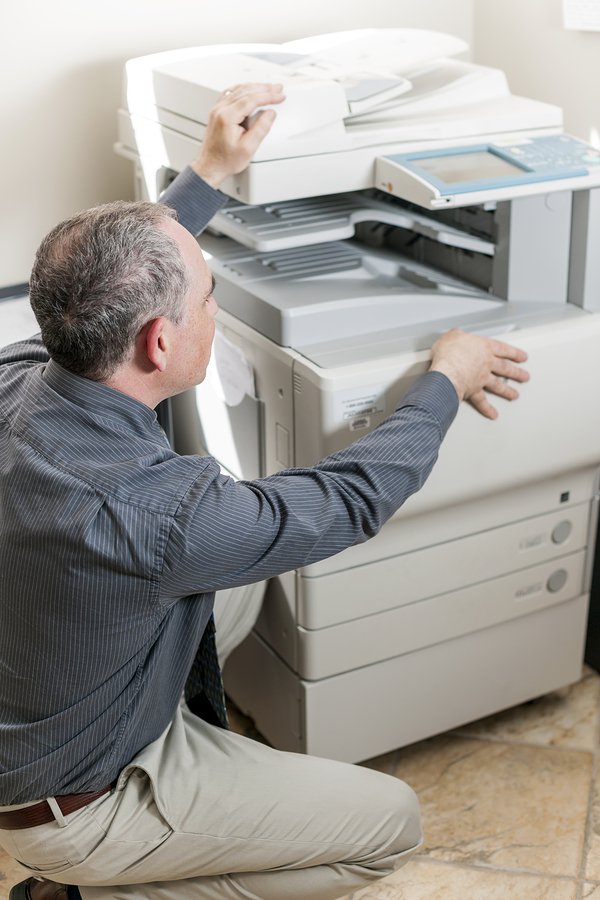
Ink and Toner Management:
- Genuine Cartridges: Use genuine ink or toner cartridges recommended by the printer manufacturer to avoid compatibility issues and to ensure optimal print quality.
- Proper Storage: Store extra ink or toner cartridges in a cool, dry area, preferably in their original packaging, until they are ready to be installed.
- Regular Usage: Print regularly to prevent ink or toner from settling and clogging the printer nozzles or drums. If your printer sits idle for an extended period, perform a test print or nozzle check to keep the ink flow consistent.
Regular Software Updates and Maintenance:
- Firmware Updates: Check the manufacturer’s website regularly for firmware updates specific to your printer model. These updates often address performance improvements and bug fixes.
- Operating System Compatibility: Ensure your printer’s software and drivers remain compatible with your computer’s operating system. Update the Inkjet printer software as needed to maintain compatibility and optimal performance.
Professional Maintenance and Servicing:
- Professional Printer Cleaning: If you encounter persistent print quality issues, such as smudged prints or streaks, consider scheduling professional maintenance or cleaning with an authorized service center. They have specialized tools and expertise to perform deep cleaning and resolve complex issues.
- Regular Service Checks: For high-duty or commercial printers, it is recommended to schedule routine professional servicing to ensure optimal performance under heavy usage.
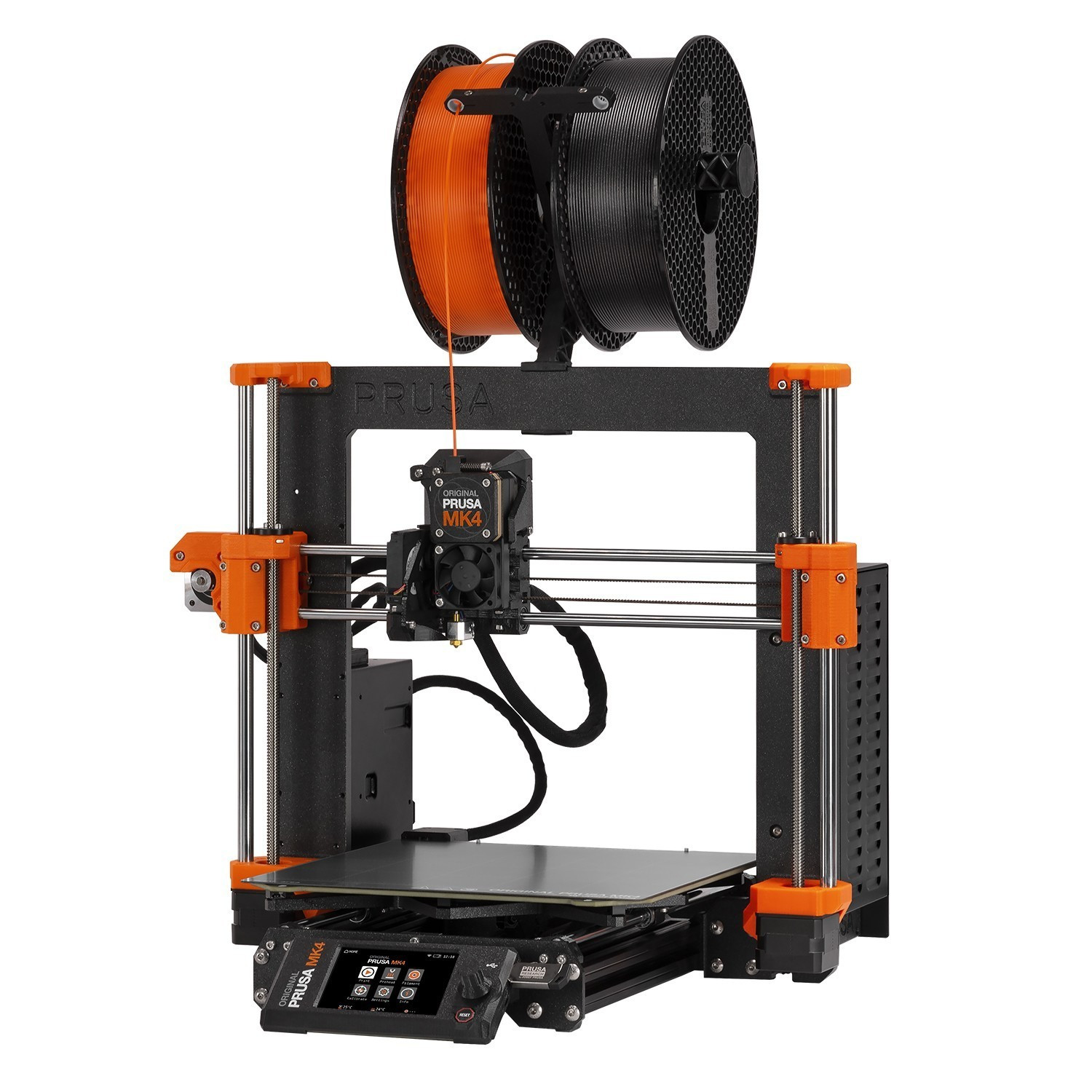
Printer Placement and Environment:
- Proper Placement: Place your printer on a solid, stable surface to avoid vibrations or movement during printing. Ensure adequate space around the printer for ventilation and accessibility when performing maintenance tasks.
- Dust Cover: Consider using a dust cover or a printer enclosure to protect the printer when not in use, especially in dusty environments.
Precautions for using printer maintenance
Printer maintenance is essential to ensure optimal performance and longevity of your printer. However, it is important to observe proper precautions to avoid any damage to the printer or personal injury.
Power and Electrical Safety:
- Power Off: Always turn off the printer and unplug it from the power source before performing any maintenance tasks. This prevents electrical shocks and reduces the risk of damage to the printer or injury to yourself.
- Power Surge Protection: Plug the printer into a power outlet with surge protection to safeguard it against voltage fluctuations or power surges that may occur during maintenance or power fluctuations.
Chemical and Cleaning Precautions:
- Proper Cleaning Agents: Use only cleaning agents recommended by the printer manufacturer. Avoid using harsh chemicals, solvents, or abrasive materials that could damage the printer’s surfaces or components.
- Compatible Cleaning Materials: Ensure the cleaning materials, such as lint-free cloths, cotton swabs, or brushes, are compatible with the printer’s components to avoid any scratching or damage.
- Cleaning Agent Application: Apply cleaning agents sparingly and directly to the cleaning cloth or cotton swab instead of spraying them directly onto the printer. This prevents liquids from entering sensitive areas or causing unwanted damage.
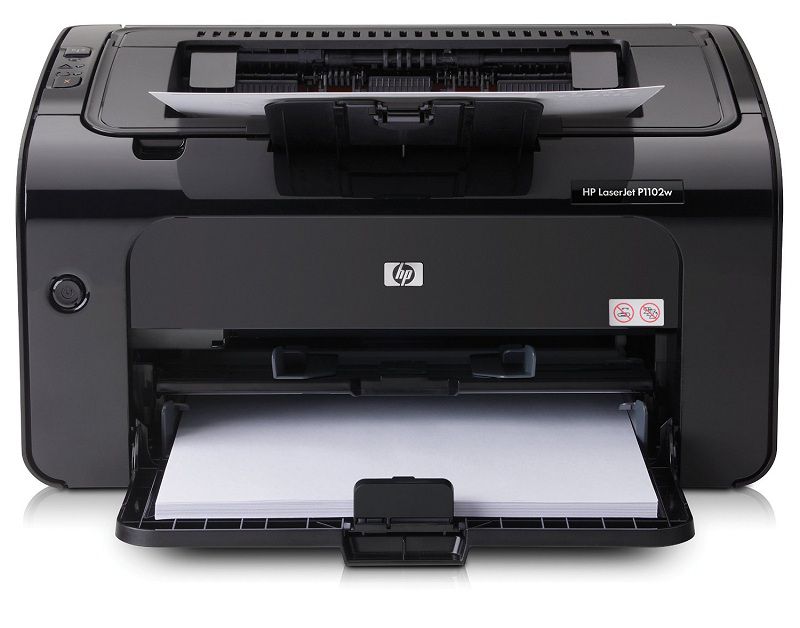
Heating and Moving Parts:
- Cooling Period: Allow the printer to cool down if it has been in use before starting any maintenance tasks. Hot surfaces and fluids from the printer pose a risk of burns or scalding.
- Moving Parts: Take extra caution with moving parts, such as printer rollers, gears, or printheads. Avoid touching or interfering with them during maintenance, as they may cause injury or damage to the printer.
Nozzle and Printhead Cleaning:
- Proper Tools: Use appropriate cleaning tools, such as a cleaning cartridge or printhead cleaning solution, as recommended by the printer manufacturer. Follow the manufacturer’s instructions carefully to prevent damage to the printhead or ink system.
- Caution with Printhead Contacts: When cleaning the printhead, avoid touching the electrical contacts, as oils from your fingers could interfere with their functionality. Use caution to prevent any damage to the contact points.
Paper Handling and Jam Removal:
- Unplug and Cool Down: If a printer paper jam occurs, turn off and unplug the printer before attempting to remove the jammed paper. Allow the printer to cool down before handling any internal components to avoid burns or injury.
- Follow Manufacturer Guidelines: Refer to the printer’s user manual or manufacturer’s instructions for proper paper jam removal techniques. Avoid using excessive force or sharp objects, as this may cause damage to the printer or yourself.
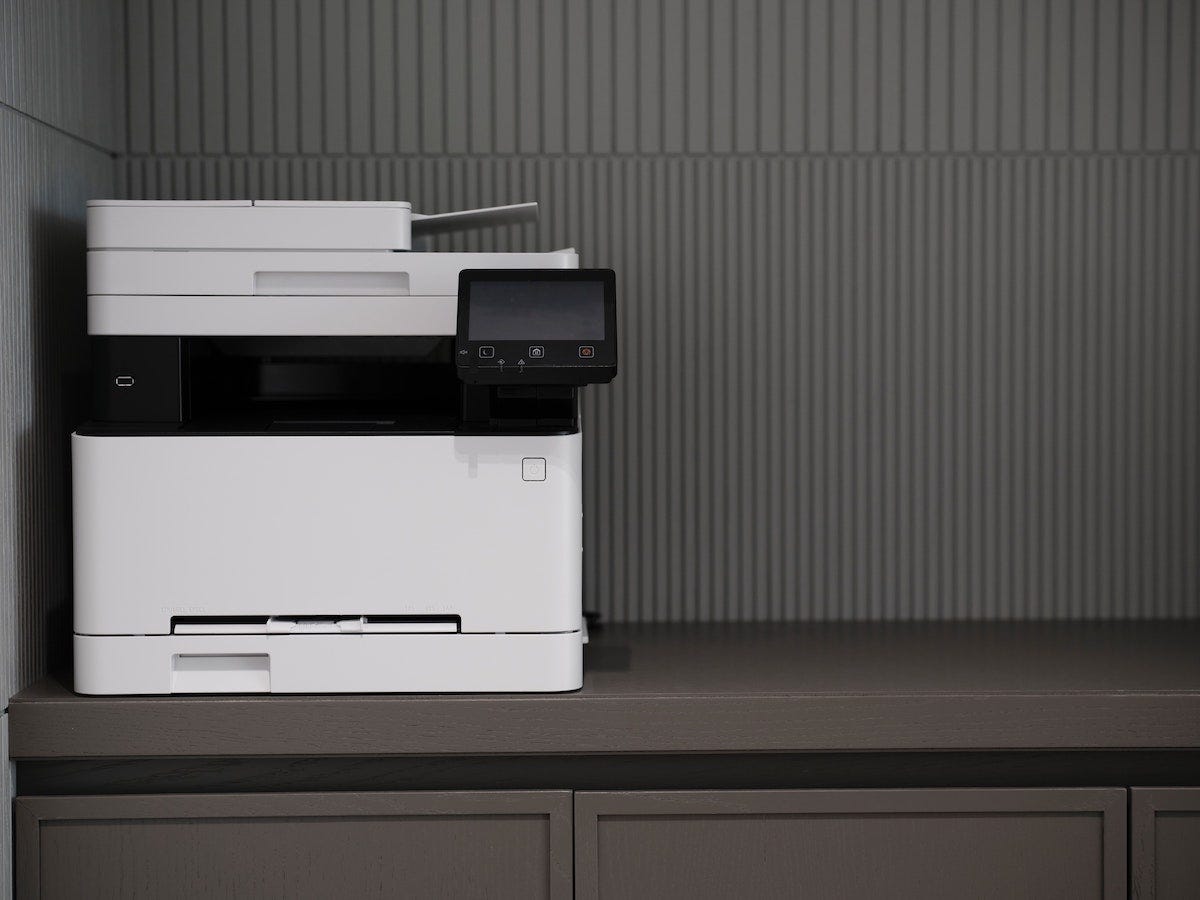
Conclusion:
Regular printer maintenance is crucial in maintaining reliable performance, print quality, and the longevity of your printer. By following the step-by-step instructions provided for cleaning the exterior, print head alignment, paper tray maintenance, ink and toner management, software updates, and creating an optimal printer environment, you can ensure your printer remains in optimal condition for consistent and high-quality printing.
